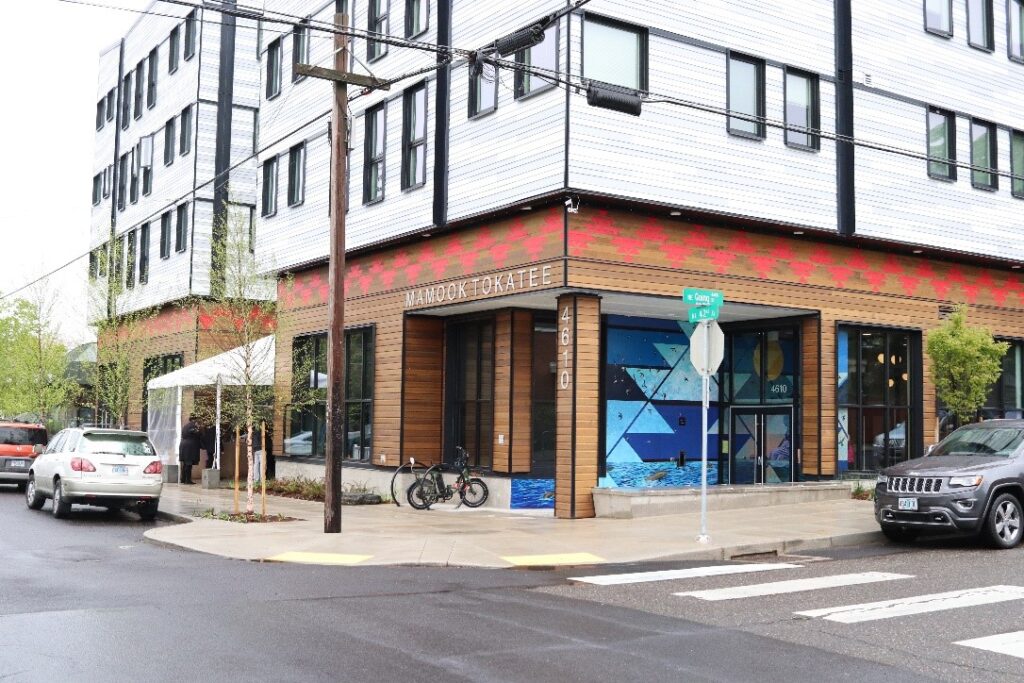|
Bus Tour Newsletter #25 – October 2022
Home > Newsletters > Bus Tour Newsletter #25 – October 2022
Recent Newsletters
Bus Tour Newsletter #28 – January 2023
Winter 2022 Newsletter
*|MC_PREVIEW_TEXT|* View this email in your browser Message from our Executive Director Executive Director, Allan Lazo. Gratitude For Our Work Together This Year This time of the year offers so many […]
Bus Tour Newsletter #27 – December 2022
Learn About the Protected Class of Source of Income
Bus Tour Newsletter #26 – November 2022
*|MC:SUBJECT|* *|MC_PREVIEW_TEXT|* View this email in your browser Did you know that Transgender Awareness Week is the week of November 13? It’s meant to help increase the visibility about transgender […]





